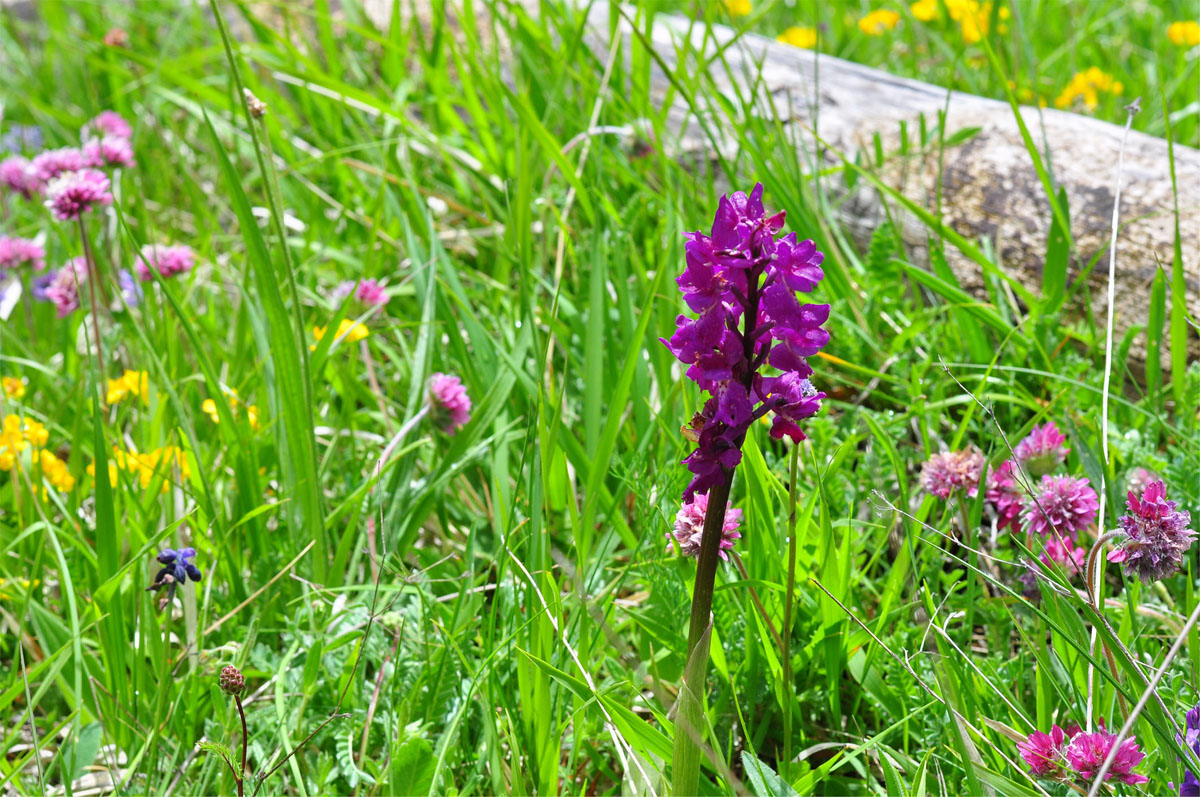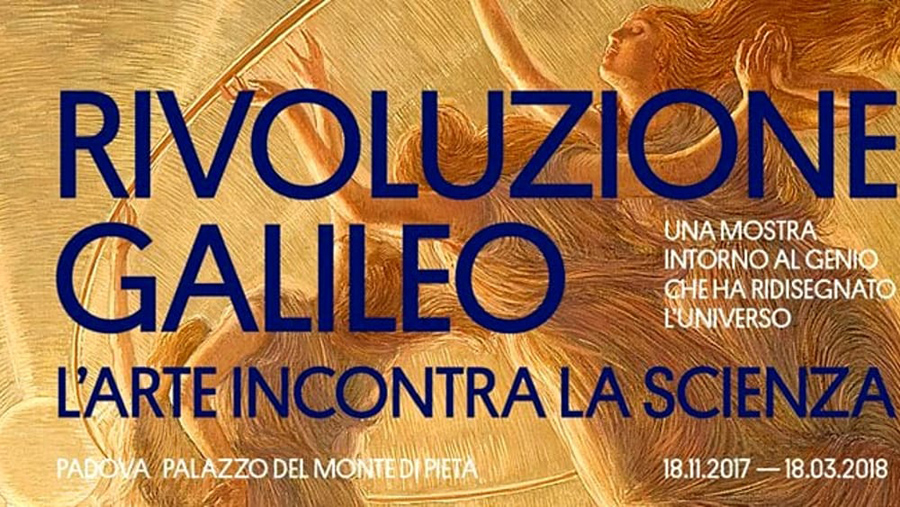Blooms

Wonderful is to discover the variety of colorful flowers that shows us the Parco dei Colli Euganei already before the full explosion of spring.
To learn to know them better, we decided to collect them “symbolically” according to their color, making a selection of the flowers that most impress us for their peculiar characteristics and that make us appreciate a preview of the richness of scents and colors that the season offers us.
Let’s talk about those that are the flowers of the thick undergrowth that covers the Hills and peek out among the green of the Park.
The white flowers
The Snowdrop (Galanthus nivalis), so called because when the snow arrives it is often already flowered; the little Bell (Leucojum vernum), with a beautiful flower that resembles a lamp; the Erythronium or Dog’s Tooth (Erytronium dens-canis), with very thin white-spotted leaves that vaguely resemble the canine teeth. The wild Garlic (Allium ursinum), wild garlic whose leaves can be used in the kitchen for very good omelettes. The wood Anemone (Anemone nemorosa), is a white flower that lives in symbiosis with a mushroom belonging to the class of Ascomycetes, the Sclerotinia tuberosa, a rare species and highly esteemed by mushroom lovers.
The yellow flowers
The Piè di Gallo (Eranthis hyemalis), which means winter flower, from the rare and localized flower, only grows in some areas of the Euganean Hills. It is a small plant that begins to crop early, when the earth is still covered by frost, giving a beautiful flowering. But be careful, this is a poisonous flower!
In the dry lands, or along the banks, appears the Farfaro (Tussilago farfara) which, with its golden-yellow hues, immediately attracts attention; its flowers have healing properties to calm the cough. Still the yellow Anemone (Anemone ranunculoides), which contains irritants but which, if used with caution, are useful for increasing the peripheral blood circulation in localized areas.
Purple flowers
These flowers contain all the shades of purple color: the Scilla (Scilla bifolia), the Trinity Grass – also called Trigonella (Hepatica nobilis), the Colombina (Corydalis cava) which, in some areas of the Euganean Hills, forms real flowered carpets emanating a unique scent in nature. Furthermore, the beautiful Pentolini muschini (Muscari racemosum) with a characteristic cluster appearance, close the circle with intense violet. You can not miss the violets that, in addition to violet, also contain other colors such as blue, white and yellow: the Viola del pensiero (Viola tricolor), the Viola dei boschi (Viola sylvestris) and the Viola mammola (Viola odorata), with a pleasant scent and with healing properties, in fact the part of the flower is used to treat respiratory diseases. Its use also takes place in the kitchen, as an element of pastry.
Not only color notes but also unique and ever-present beauties
Do not forget the first spontaneous Orchids that are born free in our territory and to which many studies have been dedicated and the publication of several volumes.
Finally, a separate mention should be made to the Margheritina or Margherita pratolina (Bellis perennis), a flower that grows everywhere, from spring to autumn, and for this reason it is described as the flower of all the meadows. From the white or pinkish color, the petals are typically spoon-shaped and the discs are golden yellow. It has many properties such as anti-inflammatory, astringent, calming, purifying, digestive, diuretic, refreshing, healing and can be used for infusions or externally for calming compresses; it also represents a good beauty lotion. In the kitchen you can eat raw in the salad, or it is put in soups. And then, how can you resist the irresistible and timeless “loves me or does not love me” ?!









